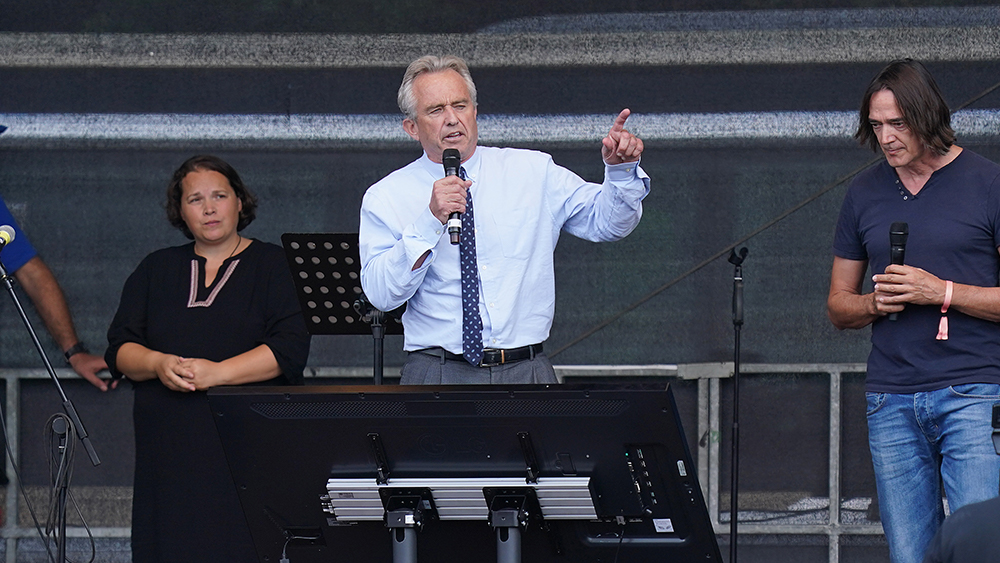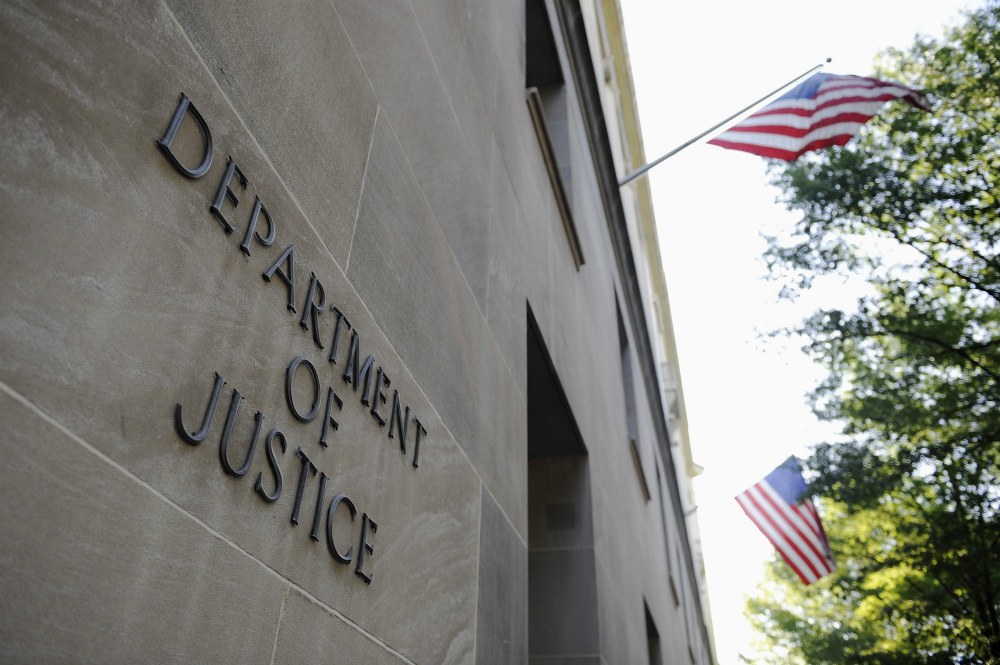
Take Oliver Taylor, for instance, a supposed student at the University of Birmingham who claims to be a freelancer and who has bylines in both the Jerusalem Post and the Times of Israel. It turns out that Taylor is not even a real person, and merely had a fake identity along with a fake image generated out of thin air and passed off as real.
For a while, many thought Taylor was real, including the two aforementioned papers that published his work. It took a forensics team with expertise in the matter to uncover the reality that Taylor is a complete work of digital fiction who is as real as the Alex robot that lives inside Amazon’s spying products.
London academic Mazen Masri is credited with informing Reuters about Taylor’s non-existence, and this after he filed a lawsuit back in 2018 against surveillance company NSO on behalf of Mexican victims of the company’s phone-hacking technology. Masri has an eye for this stuff and he determined that Taylor, whose fake person has created considerable controversy online, is nothing more than a deepfake.
Vaccine industry uses “deepfakes” to smear “anti-vaxxers”
What is further interesting about the Taylor deepfake is that it had an anti-Palestinian bent, having accused Masri and his wife, a Palestinian rights campaigner, of being “known terrorist sympathizers.” Masri could not figure out why Taylor, whom he did not even know, would make such a claim out of left field.
After taking a closer look at Taylor’s official photo, Masri says there was something about the young man’s face that “seemed off.” He eventually came to the realization that the image of Taylor being passed off as real was a computer-generated work of digital fiction.
“The distortion and inconsistencies in the background are a tell-tale sign of a synthesized image, as are a few glitches around his neck and collar,” says Hany Farid, a digital image forensics pioneer who teaches at the University of California, Berkeley.
Taylor is just one of many online deepfakes that experts now have to deal with as public dialogue goes increasingly digital. Both Washington, D.C., and Silicon Valley are concerned about their proliferation, which House Intelligence Committee chairman Adam Schiff last year warned could “turn a world leader into a ventriloquist’s dummy.”
Facebook recently launched a Deepfake Detection Challenge to encourage those with the appropriate savvy to help out and expose deepfakes as they come across them. Bogus personalities like Taylor’s are everywhere, it turns out, and are being used to create “a totally untraceable identity” for people who do not, and never did, exist.
As we reported last year, the pharmaceutical industry appears to be using deepfakes to try to frame “anti-vaxxers” in what Mike Adams, the Health Ranger, described as “a covert, sinister campaign to try to smear and defame all individuals who speak out about the dangers of vaccines.”
Rather than have to employ the services of crisis actors, which has been a common occurrence for many years now with various false flag incidents that get reported by the mainstream media, deep state players like Big Pharma can simply use technology to create deepfakes that in video footage appear to be real, but that are nothing more than digital fiction.
For more related news, be sure to check out Faked.news.
Sources for this article include:
Please contact us for more information.






















